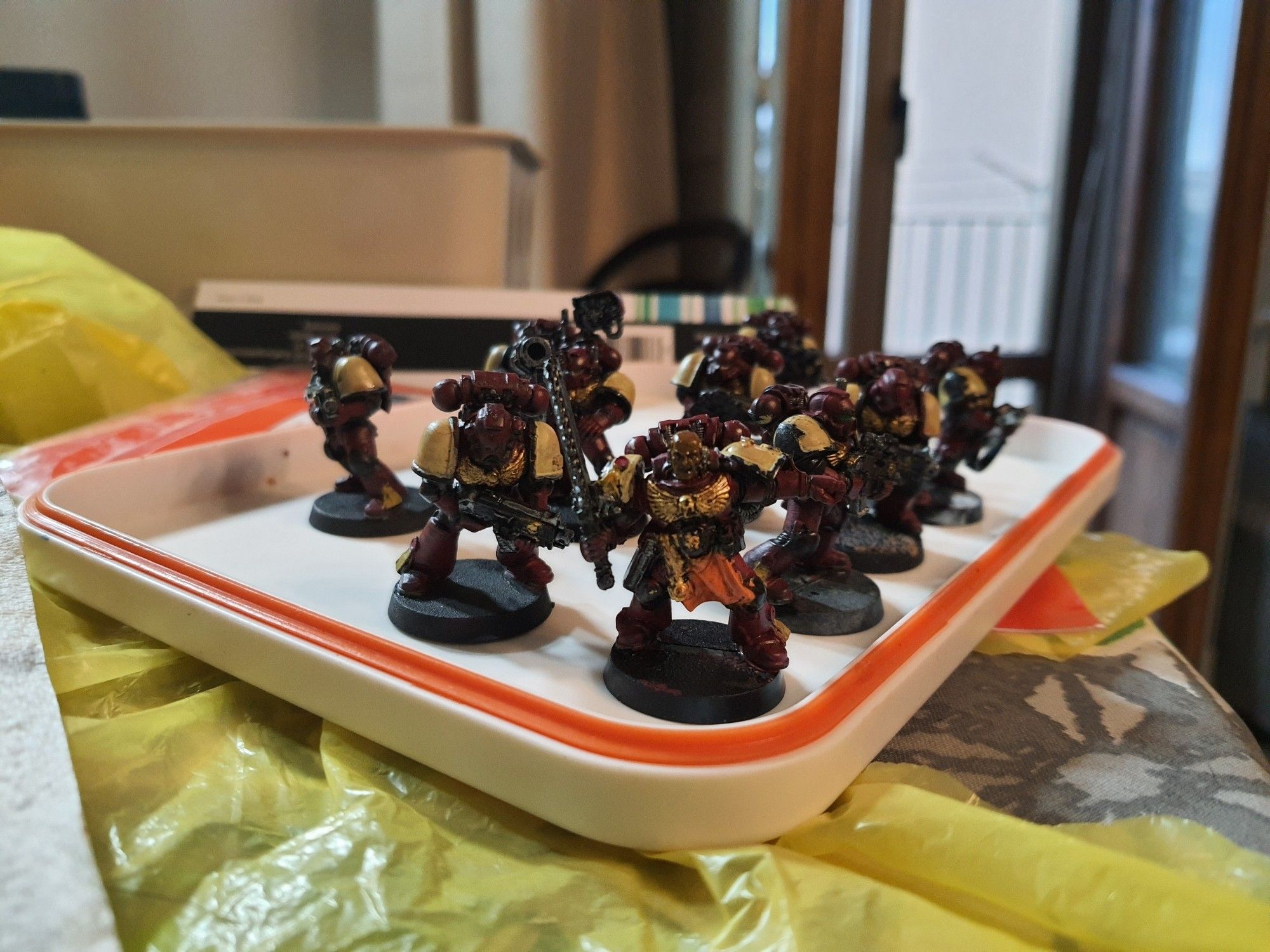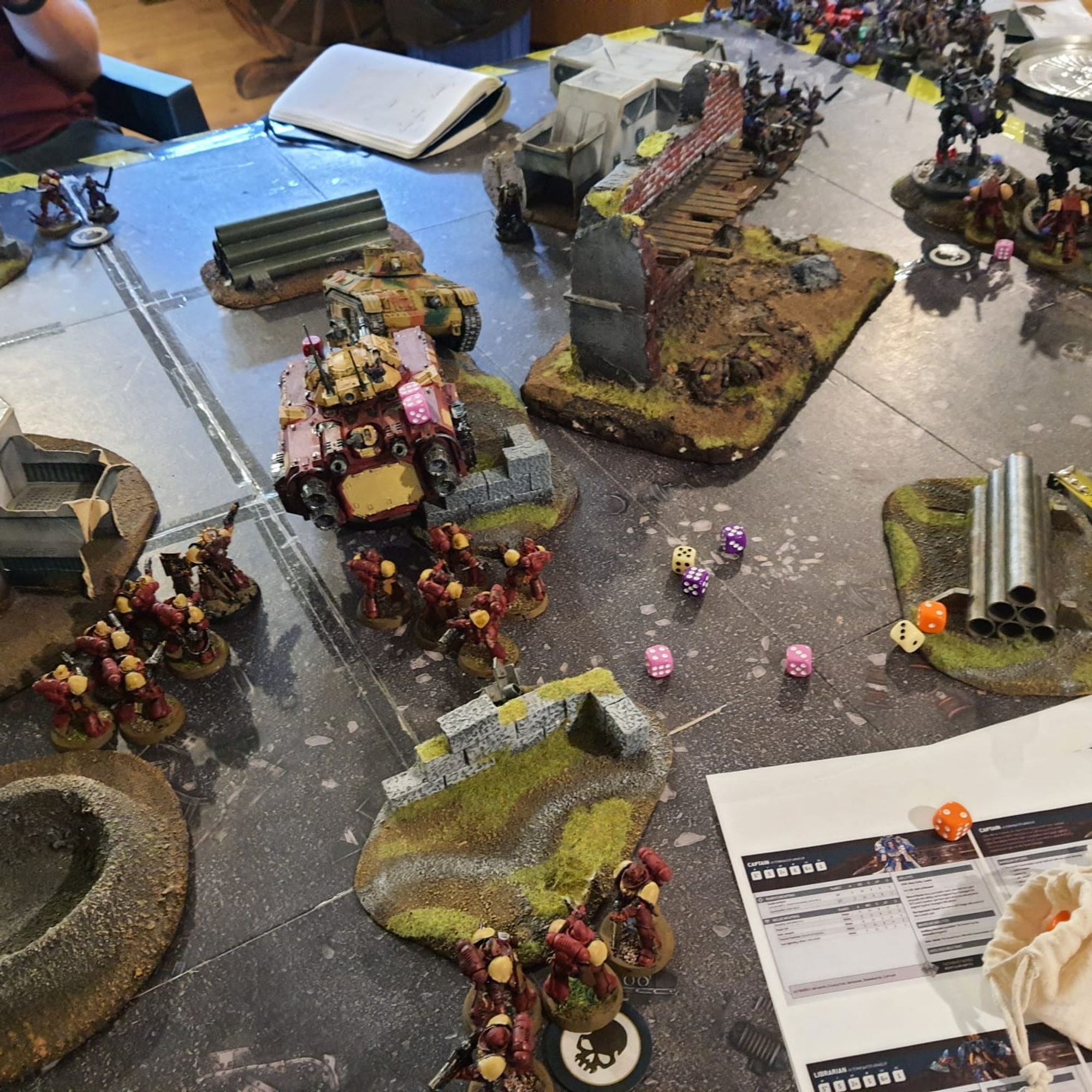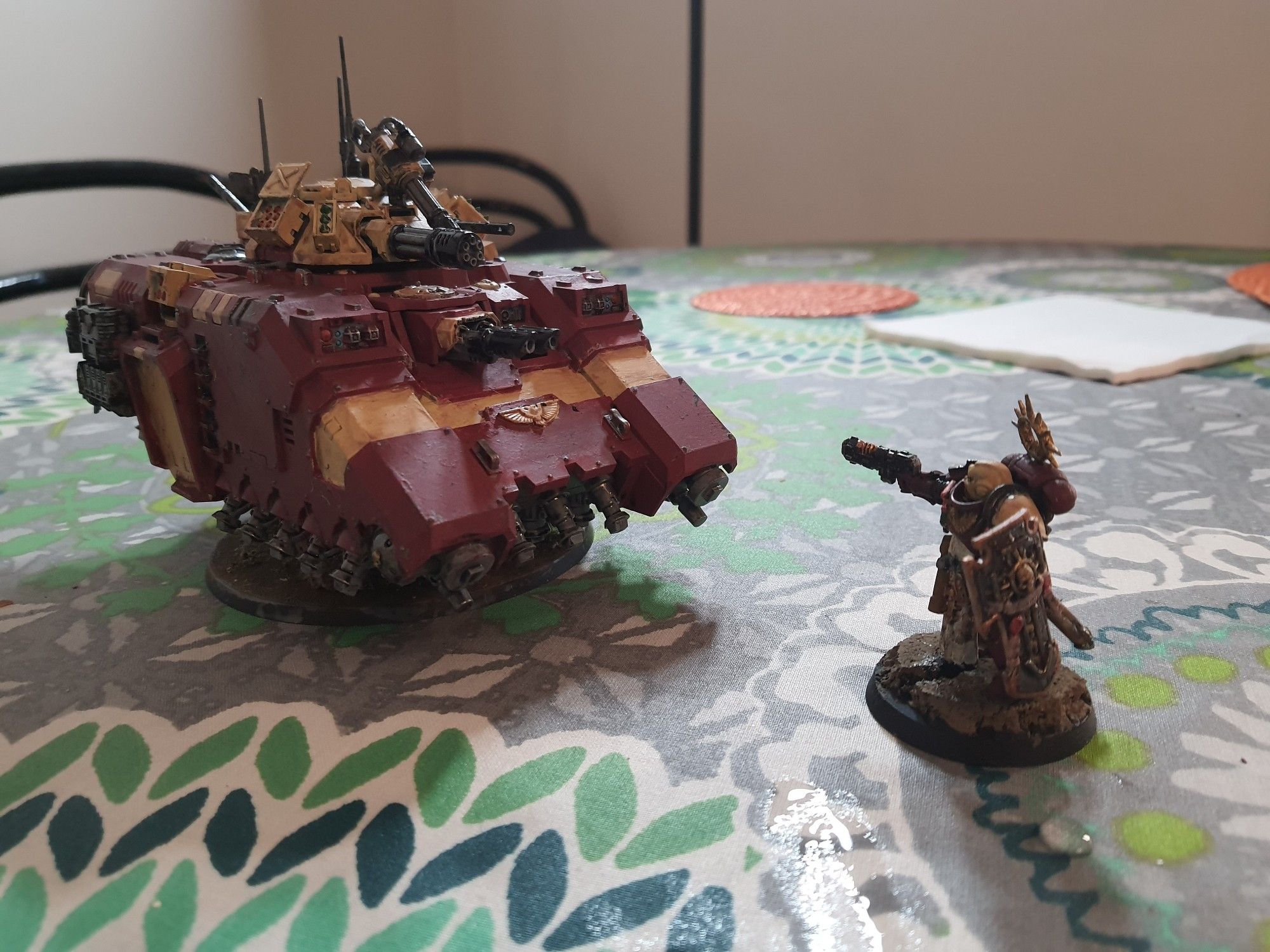Once more unto the breach
Returning from the summer break
Hello, dear readers! After a few weeks of rest, I think it’s an excellent time to return to AI, Law, and Otter Things. I firmly believe that one should take breaks whenever possible, and the month before starting my final PhD year seemed the perfect moment for a long-ish holiday. And stopping for a few weeks in August was also very convenient, as the maximum temperatures in Florence over the last few weeks were beyond 35 degrees C. Now that the temperatures are back to a more tolerable level and I have recharged my batteries, it is time to write.
My dissertation, as I mentioned in previous issues, deals with the role of technical knowledge in AI regulation. I push back against the received wisdom that regulation should be technology-neutral unless there are strong reasons otherwise. Pursuing technology neutrality as inherently valuable can lead to inadequate problem framings and ill-designed regulatory interventions, a point I illustrate with some analyses of AI-related debates in EU law. As an alternative, I propose an alternative account of technology-neutral regulation, one that facilitates the assessment of the trade-offs involved in crafting regulation that is not specific to any particular technology.
This argument is both very close and very distant from the research proposal I submitted to the EUI in early 2020. It is similar in that I was already interested in the strategies policymakers and legal scholars use to manage the technical complexity of their object of study. Back then, however, my focus was on the regulation of automated decision-making, a topic that is mostly an aside in my current research. Framing my research in terms of technology neutrality is a very recent development but one that seems to provide a unifying thread for the various strands of research I’ve developed in the last three years. So, my next months will be dedicated to polishing the individual chapters and situating them within this overall narrative.
I do not plan to drop the newsletter entirely as I finish my dissertation. In fact, this newsletter is a good venue for constructive procrastination exploring ideas that lie outside the scope of my dissertation, giving me a break and writing down things to pick up in the future. But at least until the end of 2023, the following issues might be a bit more monothematic than usual. That said, I hope you stick around, and today’s newsletter features some recommendations and a few photos of my Warhammer miniatures. Plus the regular otters, of course.
Reading recommendations
In a recent article for the Canadian Journal of Law & Jurisprudence, Felipe Jiménez provides interesting normative arguments to the effect that judges and lawyers should adopt (a version of) legal positivism as an ‘operative’ concept of law, even if they subscribe to other views about the nature of law, such as Dworkin’s one-system view.
In her review of Ryan Abbott’s The Reasonable Robot: Artificial Intelligence and the Law, Carys J Craig argues that views of technology neutrality as functional equivalence fail to attend to the purposes underpinning law and regulation. Instead, she argues for a substantive view of neutrality: what should be taken as stable is not the function of specific legal instruments but the normative objectives the law is meant to uphold. My own position diverges from this view (as I will hopefully show in a few months), but her distinction between functional and substantive forms of neutrality is very useful.
Going a bit further in time, Julie E Cohen’s Cyberspace as/and Space is a good illustration of two points about metaphors for technology in the law. First, metaphors constrain and shape how we frame technical objects and relations. Second, said metaphors are open to interpretation, and a change in perspective might unveil other illustrative frames from which one can analyse said objects and relations.
Finally, my engagement with regulatory interventions and technology led me to Laurence Tribe’s work on technology assessment in the 1970s. This article in Minerva supplies an overview of the research programme and its identification of mechanisms for legal control over technological development. It is curious to see how much of it is taken for granted by current law & tech debates (often without acknowledgement), even if the ambitions of directing development in specific sectors are a mixed success at best.
Warhammer updates
As mentioned in a few previous issues, I spent a non-negligible part of my summer getting back into Warhammer 40,000. For those who don’t know it, WH40k is a science fiction tabletop game set in a dystopic far future. As the name suggests, this game is a wargame in which players control armies formed by miniatures. Some people focus on playing the game,1 and others buy the miniatures in order to have cool plastic toys to paint. There are also many people who don’t even bother with the miniatures and just follow the hundreds of books, animated shows, and other materials set in the WH40k universe. So far, I have done a bit of the three things, but today, I want to focus on painting.
Now, I am by no means a professional painter. If you look at dedicated Warhammer 40k subreddits or YouTube channels, you will see people doing extraordinary things with paint. For example, it is astonishing to see the non-metallic metal techniques people use to create cool effects and have more control over reflections than possible with metallic paint. Neither my patience nor my hand-eye coordination are up to doing anything beyond the basics. Still, I find that painting miniatures after a long day or week of work can be quite relaxing.
That said, here are a few pictures of my plastic thingies, painted to the best of my limited skills. Please feel free to get in touch if you are interested in Warhammer 40k and/or you know people who play the game in Florence.



Finally, the otters
Thanks for reading, and I hope to see you in the next issue!


In the meantime, please consider subscribing to this newsletter to receive future updates:
If you are already a subscriber, thank you! And please feel free to spread the word.
Which, let’s face it, is not the best wargame around, but it is fun enough. I think the 10th edition has been quite interesting so far, though I must admit I have not bothered to chase the metagame. ↩




